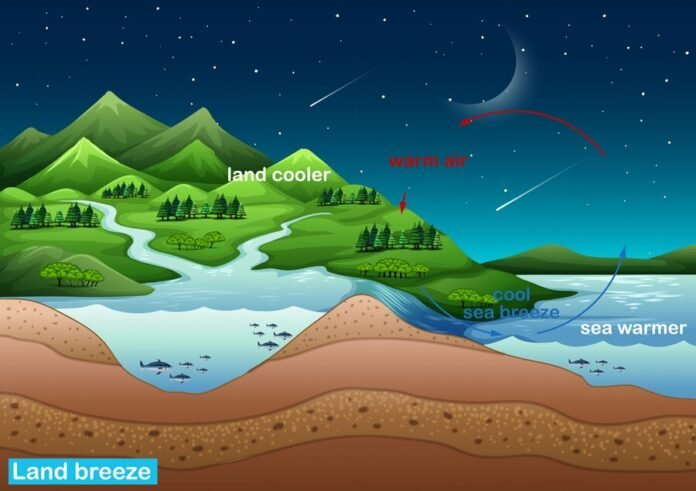Water is life—yet, as the global population grows and climate change intensifies, understanding, managing, and conserving water resources has become a critical priority for communities around the world. In this context, mapmywaters emerges as a pioneering digital platform that harnesses the power of geospatial technology and data analytics to map, monitor, and manage water resources more efficiently than ever before. Whether it’s a rural watershed, an urban reservoir, or a river basin threatened by industrial pollution, MapMyWaters offers a smart, intuitive, and scalable solution to tackle modern water management challenges head-on.
Understanding the Purpose Behind MapMyWaters
At its core, MapMyWaters is designed to address the pressing need for accurate, real-time information on water bodies and hydrological systems. Traditional water management has often relied on outdated maps, manual field surveys, and siloed data sources, which can lead to inefficiencies and delayed responses during critical events like floods, droughts, or water contamination incidents. MapMyWaters aims to replace this fragmented approach with a unified, cloud-based platform that integrates satellite imagery, on-ground sensor data, and machine learning algorithms to create a dynamic, constantly updated map of local, regional, and even national water resources. This centralization of data not only improves transparency but also enhances the decision-making capacity of policymakers, conservationists, farmers, and disaster response teams.
How MapMyWaters Uses Technology for Environmental Good
One of the standout features of MapMyWaters is its seamless integration of advanced technologies like Geographic Information Systems (GIS), Artificial Intelligence (AI), and Internet of Things (IoT) sensors. Through satellite monitoring and drone imaging, the platform captures real-time snapshots of water bodies, detecting changes in size, flow, quality, and surrounding land use. These images are then processed using AI to identify anomalies—such as illegal encroachments, shrinking lakes, or polluted streams—and generate predictive models that can forecast future water trends under various environmental conditions. The incorporation of IoT sensors at key water points provides granular insights on water levels, temperature, pH levels, and contamination. These data points are visualized on interactive dashboards, making complex scientific information easily digestible for non-experts and decision-makers alike.
Empowering Communities and Stakeholders Through Accessibility
One of the most impactful aspects of mapmywaters is its focus on democratizing access to water data. The platform is built with user-friendliness in mind, offering both web and mobile applications that allow users—ranging from local villagers to government officials—to view, report, and act on water-related information. Farmers can check groundwater levels before sowing, citizens can report illegal dumping in rivers via geo-tagged photos, and local administrations can generate watershed health reports with just a few clicks. This participatory model fosters a culture of collective responsibility and informed action, turning ordinary people into water stewards and watchdogs. By promoting transparency and community involvement, MapMyWaters transforms data into a powerful tool for grassroots activism and sustainable development.
Future Potential and the Road Ahead
The possibilities for MapMyWaters extend far beyond basic mapping. As the platform continues to evolve, there are plans to integrate climate models, historical data analytics, and even blockchain for transparent tracking of water usage rights and conservation funding. Educational modules for schools and training programs for government officials are also in the pipeline to build capacity and awareness. Moreover, MapMyWaters has the potential to support global water sustainability goals by offering data to international organizations, researchers, and NGOs working on water-related issues. With more collaboration and investment, MapMyWaters could become a global benchmark in smart water management, showcasing how digital innovation can be harnessed to protect one of humanity’s most vital resources.


